This past September, I had the opportunity to compete in the inaugural Longines Los Angeles Masters, a spectacular, 5* international horse show. At only 15 years of age and raised on the California show circuit, my exposure to this elite level of showing was limited. The pressure to perform well in front of some of the most accomplished, decorated and world-renowned horsemen and women in the world was strong. But here’s where having a trainer who is no stranger to performance under pressure pays off. My trainer, David Sterckx, is not only a professional grand prix rider, he’s also a professional racecar driver. At the LA Masters he immediately distracted me from the pressure of my first international horse show with onboard PrimeX cameras from RePlayXD. You may be asking yourself, why this particular distraction? Read on, there was a method to his madness.
Pairing Cameras and Sport Performance
In David’s other line of work he uses RePlayXD cameras onboard, inside and outside his racecar to diagnose everything. Cameras can be found behind him in the car to watch his reaction to the road conditions in front of him, in the dash to see the performance of the instruments, on the front and back bumpers to evaluate the position of his competitors. The RePlayXD team specializes in cameras for all kinds of sports, many of them extreme. Their cameras are used in surfing, skydiving, wind suit racing, mountain biking, racecar driving and all kinds of X Games sports. As you would imagine, they are super durable and they produce excellent HD quality images.
Because these sports are always pushing performance boundaries, capturing the action must evolve with it. Finding new ways to make spectators feel like they are in on the action is part of their mission. Equestrian sports are a new market for RePlayXD. For non-riders, their point-of-view cameras put spectators in the saddle, and for riders, RePlayXD cameras can bring a diagnostic approach to training. I was about to find out just how that might work.
Diagnosing the Ride
When I walked into the Riders Lounge on the first day of competition at the Los Angeles Masters, David asked for my helmet (my gorgeous, iridescent blue with crystals Samshield helmet.) He took it and walked right over to the RePlayXD booth that was located in the Prestige Village, and promptly added a mounted camera on top of the helmet! I was a little shocked. There I was at the biggest international equestrian event to hit the West Coast since the 1984 Olympics and my debut was to be with a camera mounted on my head.
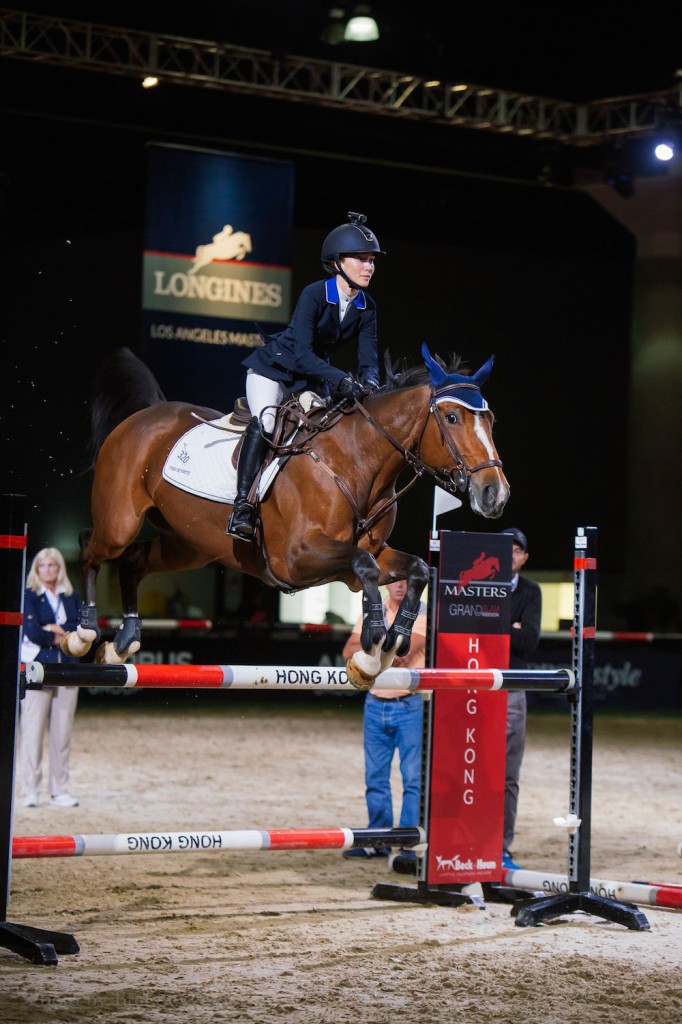 Sophie warming up with ReplayXD and all. All photos ©Bret St. Clair
Sophie warming up with ReplayXD and all. All photos ©Bret St. Clair
However, I couldn’t deny that I was pretty excited to see the footage. And, at that point, I hadn’t even considered all of the possibilities that POV camera footage would have for training. Through the helmet cam footage my trainer can really see what I see when I am on course; my approach to a jump, if I’m centered or if I sliced it, if my turn too small, how did I react when my horse spooked, and much more. He can tell me where I went wrong or could have made a change to improve. With the footage, nothing was left to what he or I remembered about what happened. The footage shows what happened and we can diagnose the ride ultra-accurately.
On the next day of competition, I found myself rigged up with a boot cam strapped to my ankle(see photo below), and my mare, Ottavia Des Hayettes, was fitted with a belly cam that mounted to her breastplate where it connects at the girth. Both of these pieces of resulting footage were also fantastic, with interesting diagnostic views of the track on course and the front-end performance of my horse. Click here to watch the belly cam video. The belly cam slipped out of its harness at the end of my course, but landed undamaged and perfectly positioned to catch my last fence. After the fact, we discovered that the ankle cam had the outside arch of my iron in its view – cool but a little obstructed. We had some work to do tweaking the perfect mounts and locations. On the last day, we spent time trying to work out a better iron cam. With a little creative engineering from the RePlayXD guys, I had a camera mounted under my iron facing forward, and my teammate Julia Otter had one mounted under her iron facing backward. The forward facing cam worked much better in terms of the view of the course and the backward facing cam had the added benefit of perfect views of her horses’ back-end performance over the fences.
The Take Away
It’s easy to imagine a lot of very good scenarios for ongoing training. With so many views aboard the horse and rider, as well as mounted on jumps and at locations around the ring the possibilities for analysis are endless. RePlayXD even has an app that allows for remote operation, live viewing, and upload and sharing of videos.
My experience of a lifetime riding at the Longines Los Angeles Masters was made all the better from my experience with the cameras from RePlayXD. It was fun and I learned so much from the process of reviewing my rides with my trainer too. With all of their experience shooting footage in other sports the RePlayXD guys had no trouble coming up with new ways to capture the action of my performance on course.
And, the video they created on site from all of the footage really showcased their product and the excitement of the sport. Watching the videos from this perspective really gives riders and non-riders the feeling of power and flight with each jump we cleared. If you are looking for a diagnostic component to add to your training program I encourage you to check out the cameras and products from RePlayXD.
A Final Note on Helmet Cameras
Just as I was writing this article, the United States Equestrian Federation released a ruling that all helmet cameras were to be banned at all licensed competitions until further study could evaluate their safety in a crash. The concern seems to center around how forces act on the helmet in a crash as a result of the fixed mount. I am no expert on helmet safety but I know nothing is worth the risk of my brain in a crash. Without question USEF will look at tremendous amounts of data to determine the safety of wearing helmet cameras. And equally, I would expect camera companies to provide data on the safety of their product. It would be a shame to see such a great training aid ruled ineffective or worse unsafe. If so, perhaps this will generate collaboration between helmet companies and onboard camera companies that will yield a successful marriage of the two products. For now, I will wait to read the USEF report when it is released.

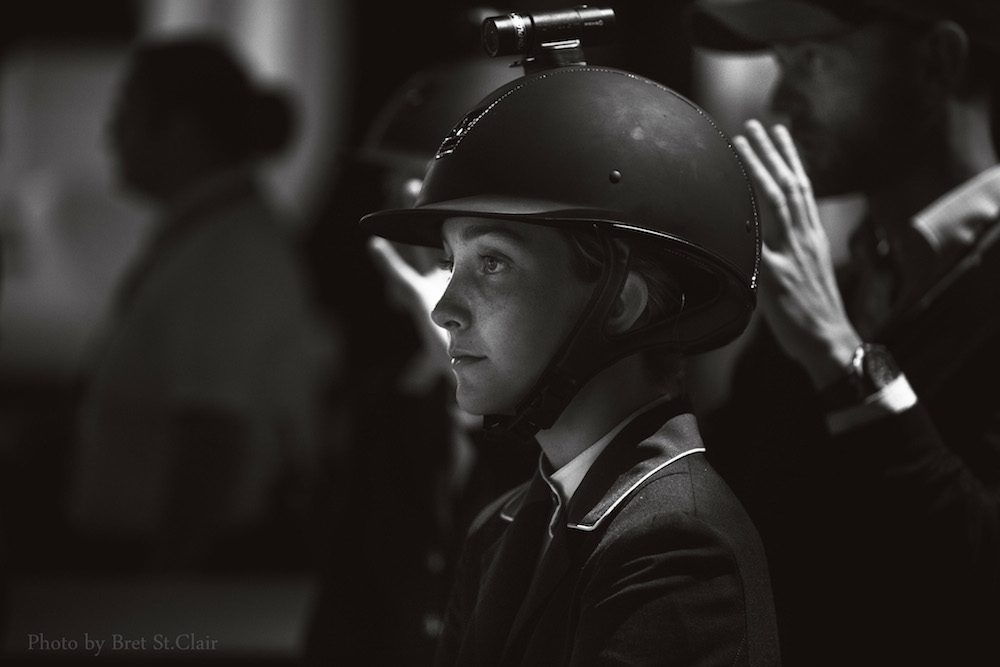
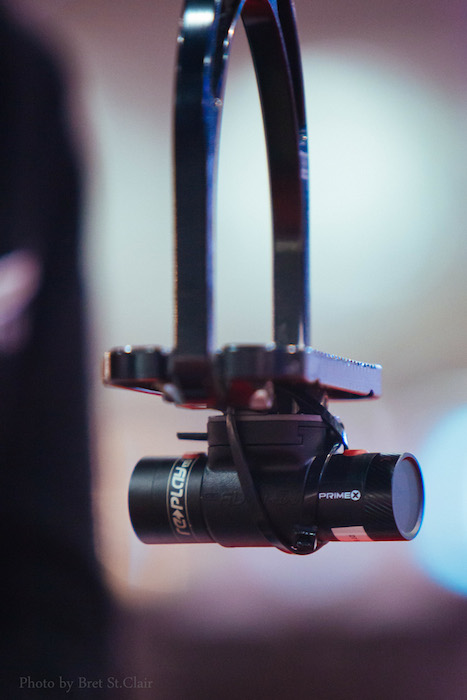
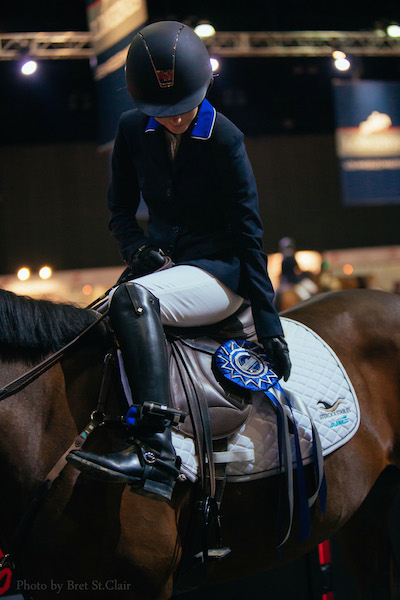
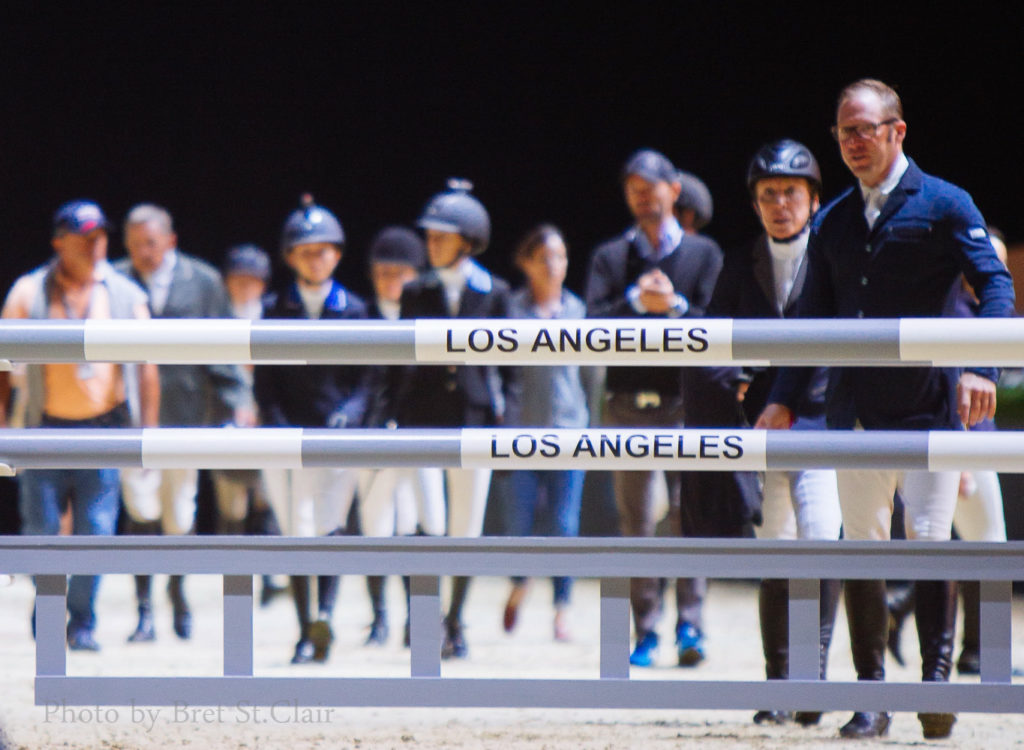
Leave A Comment